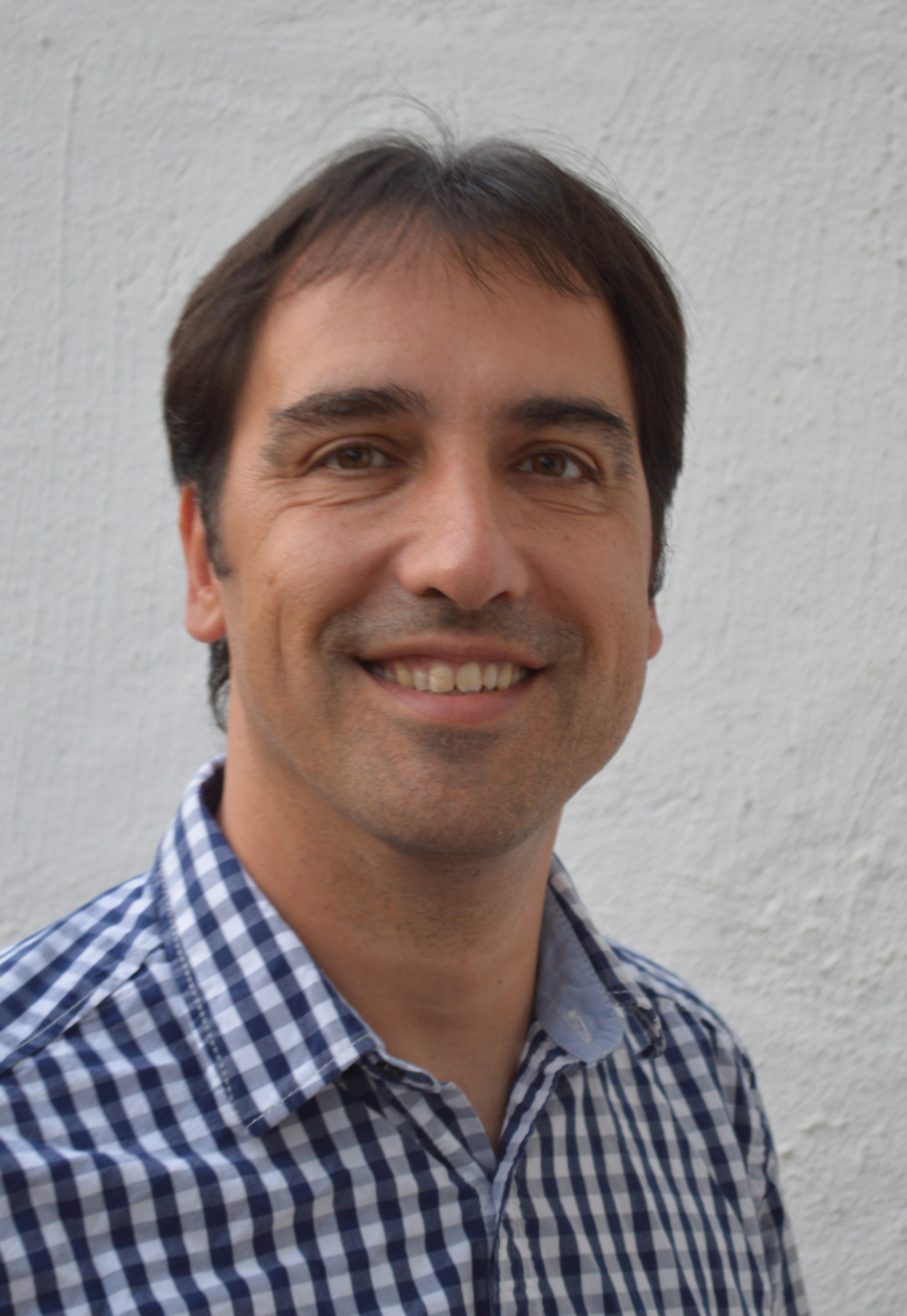Innovative research into new vaccines
Projects taking part in the National Research Programme “Covid-19” (NRP 78) of the Swiss National Science Foundation (SNSF) are pursuing highly promising approaches in a drive to develop new vaccines. One of them is a nasal spray which is being developed by the group of the virologist Volker Thiel.
Three research groups have adopted interesting approaches to the highly topical issue of vaccines. The team led by Steve Pascolo is investigating ways of improving functionality and stability of mRNA vaccines, Cornel Fraefel and his researchers are aiming to produce a bacterial spore-based oral vaccine, and Volker Thiel’s team are developing a vaccine that can be administered as a nasal spray.
A broad range of vaccines is an advantage in combating the virus: for example, it increases the likelihood that we will be better prepared for new variants of the virus and makes vaccines more accessible the world over. Innovative methods such as oral vaccination or nasal sprays could make it even easier to get vaccinated. “The projects in NRP 78 are all taking place in a highly dynamic environment,” says Marcel Salathé, President of the NRP 78 Steering Committee. “The results show that this is another area where Swiss researchers are blazing a trail and continuing to develop solutions to help end the crisis”.
Optimised mRNA vaccine
mRNA-based vaccines present a number of challenges in terms of manufacture and storage as well as transport within the body. The research team led by Steve Pascolo, an immunologist at University Hospital Zurich, has developed a promising vaccine carrier that is not only economical to manufacture and particularly stable, but also has improved properties in terms of transporting the mRNA into the cell. While looking for an improved carrier, Pascolo, who is a pioneer in mRNA research, is also continuing his work on an even more effective form of the mRNA vaccine.
Bacillus subtilis as a vaccine platform
Cornel Fraefel, a virologist at Zurich University, is following a similarly simple, yet no less operationally complex and novel approach. His vaccine technology is based on genetically modified bacterial spores containing SARS-CoV-2 genes capable of inducing antigens in the human body. The spores have the advantage of being very heat-stable and resistant to environmental factors, and they could be easily administered as an oral vaccine. The next step will be to administer the already produced bacterial spores to transgenic mice in order to observe how a mammal's immune system responds to it.
Vaccine by nasal spray
Volker Thiel, a virologist at the Institute of Virology and Immunology, is following a different approach. He and his international team, consisting of researchers from the Freie Universität Berlin, the Friedrich Loeffler Institute and the Universities of Bern and Geneva are developing a live-attenuated vaccine, i.e. a vaccine containing a weakened form of the virus that does not make the recipient ill, but still provokes an immune response. This technique has proven successful in other vaccines, such as the measles vaccine. The particular potential of live vaccines lies in the better protection that they confer against new and dangerous variants of the virus. The research group is working hard to get two candidate vaccines through the preclinical phase and ultimately pave the way to a further vaccine that is both safe and affordable. The new vaccine is planned as a nasal spray, which will strengthen the immune response in the mucous membranes, the place where the virus enters the body and first replicates.
References
N. Jarzebska et. al: Protamine-Based Strategies for RNA Transfection. Pharmaceutics (2021) doi: 10.3390/pharmaceutics13060877
https://pubmed.ncbi.nlm.nih.gov/34198550/
S. Pascolo: Vaccines against COVID-19: Priority to mRNA-Based Formulations. Cells (2021). doi: 10.3390/cells10102716
https://pubmed.ncbi.nlm.nih.gov/34685696/
J. Trimpert et. al: Development of safe and highly protective live-attenuated SARS-CoV-2 vaccine candidates by genome recoding. Cell Report (2021)
doi: https://doi.org/10.1016/j.celrep.2021.109493
Source: SNSF
2021/12/02


